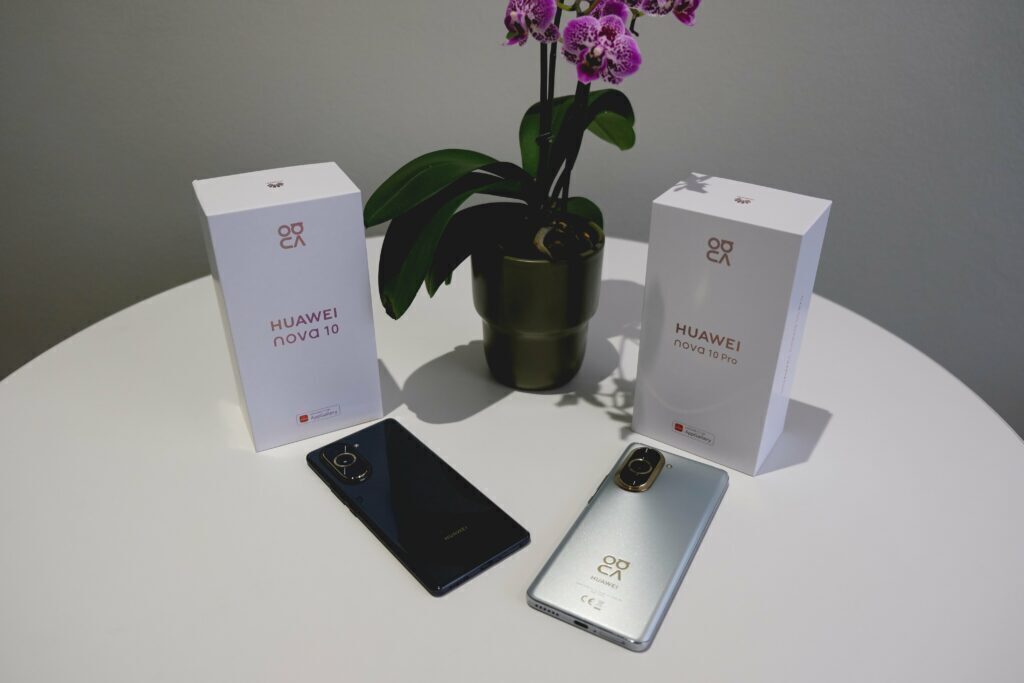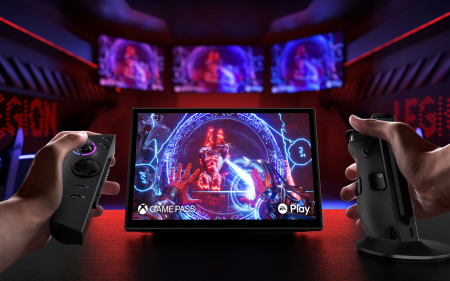It’s no secret that Huawei, as a smartphone maker, faces an uphill battle. Various factors act against the company, limiting what it is able to put together. 5G chips are in short supply, as are high-end processors, but that’s about where it stops on the hardware front. The new Huawei Nova 10 and Nova 10 Pro, recently launched in South Africa, illustrate this rather well.
The company’s smartphones put their best, mid-rangiest feet forward in a bid to grab your attention. Largely, it works. There’s more inside these phones than you’d expect at first glance. As always, it’s up to you how to use it all but it’s there for the exploration.
Screens first
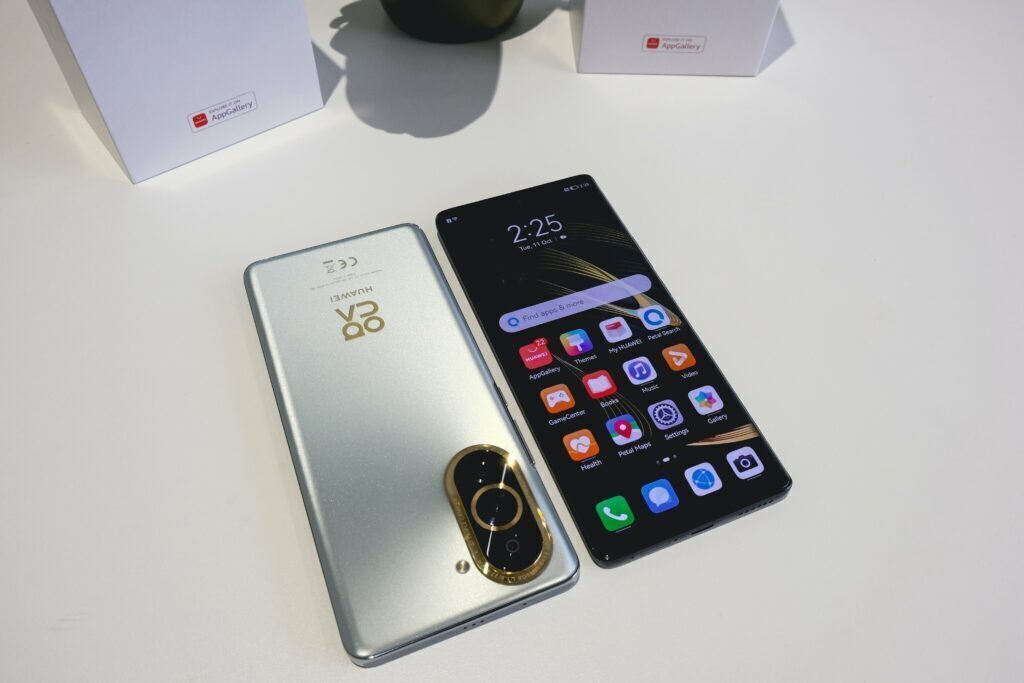 The one item on a smartphone you absolutely cannot get wrong is the display. It’s possible to overlook a drab processor if whatever’s on the screen sparkles and pops, after all. The Huawei Nova 10 and 10 Pro feature 6.67in and 6.78in screens respectively. Both are OLED panels, both run at 120Hz, both support HDR 10. Huawei loves to throw around mentions of the screen-to-body ratio, a meaningless metric that points out that there are really skinny bezels in place. Yes, the screen dominates. So does the display on every other competent smartphone on the planet. At least there’s a spot of parity here.
The one item on a smartphone you absolutely cannot get wrong is the display. It’s possible to overlook a drab processor if whatever’s on the screen sparkles and pops, after all. The Huawei Nova 10 and 10 Pro feature 6.67in and 6.78in screens respectively. Both are OLED panels, both run at 120Hz, both support HDR 10. Huawei loves to throw around mentions of the screen-to-body ratio, a meaningless metric that points out that there are really skinny bezels in place. Yes, the screen dominates. So does the display on every other competent smartphone on the planet. At least there’s a spot of parity here.
RAM it down
The Nova 10 lineup sticks with a similar formula for both the regular and Pro flavours. There’s a 4G-based Snapdragon 778G in both, as well as 8GB of RAM. 128GB and 256GB storage versions are available. The spec is almost perfectly mid-range, except for the lack of 5G. There’s no getting around that at the moment, which accounts somewhat for the RAM count in these phones. Huawei (and its other compatriot phones) has used this tactic in the past – if there’s something missing, make up for it elsewhere. Usually it happens when the company’s trying to break into a market instead of trying to maintain its place, but it’s in there all the same. Users won’t have cause for complaint when it comes to performance, unless they’re really, really attached to benchmark results.
All-seeing eyes
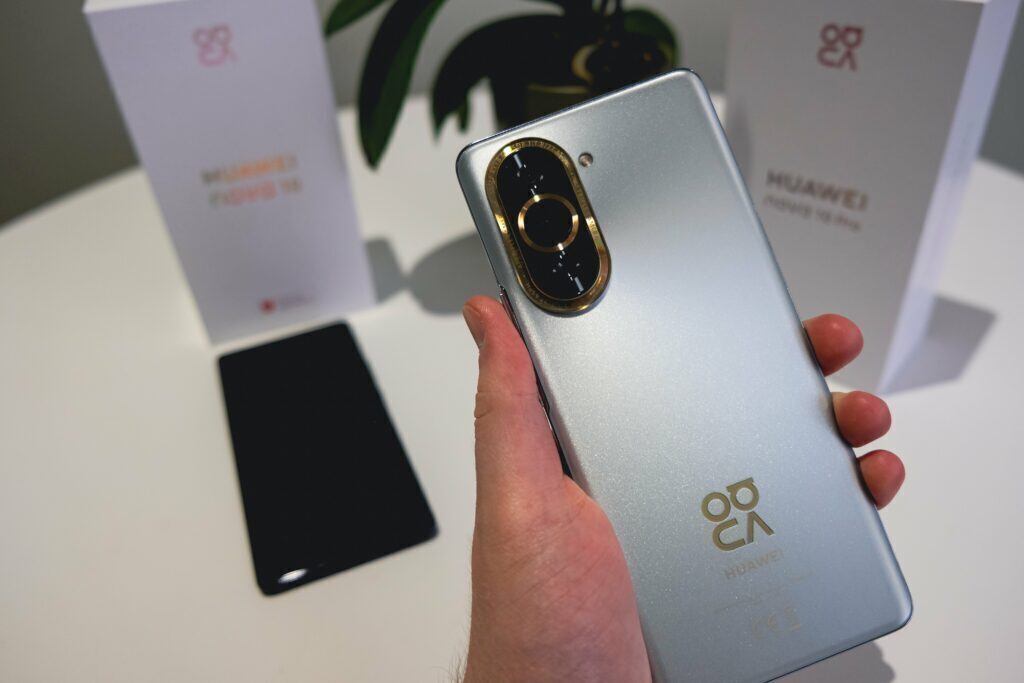 There’s another avenue where Huawei’s Nova 10 candidates have chosen to go big instead of going home. That’s another area the Chinese company has dominated in the past. There’s nothing like putting up big numbers where you can justify them to get folks thinking favourably, after all. Up front, Huawei’s gone for the flashy number. The stock Nova 10 features a lone 60MP selfie camera. We’re not sure what you’re going to do with all those megapixels but someone’s got to be using them. The Nova 10 Pro matches that 60MP monster but adds a more sensible 8MP lens alongside it. Camera performance from the front end is typical of the company’s hardware. It’ll do exactly what you want it to, provided you reign in some of its AI-powered enthusiasm.
There’s another avenue where Huawei’s Nova 10 candidates have chosen to go big instead of going home. That’s another area the Chinese company has dominated in the past. There’s nothing like putting up big numbers where you can justify them to get folks thinking favourably, after all. Up front, Huawei’s gone for the flashy number. The stock Nova 10 features a lone 60MP selfie camera. We’re not sure what you’re going to do with all those megapixels but someone’s got to be using them. The Nova 10 Pro matches that 60MP monster but adds a more sensible 8MP lens alongside it. Camera performance from the front end is typical of the company’s hardware. It’ll do exactly what you want it to, provided you reign in some of its AI-powered enthusiasm.
The rear camera setup is more typically mid-range. A 2MP depth sensors, an 8MP ultrawide, and a respectable 50MP main sensor offer a wide range of uses. Low-light performance is enough to keep you smiling (in the dark) and it’ll handle good conditions considerably better than you’d expect. Yes, you can get a higher megapixel count elsewhere for less money, but megapixels (really) aren’t everything.
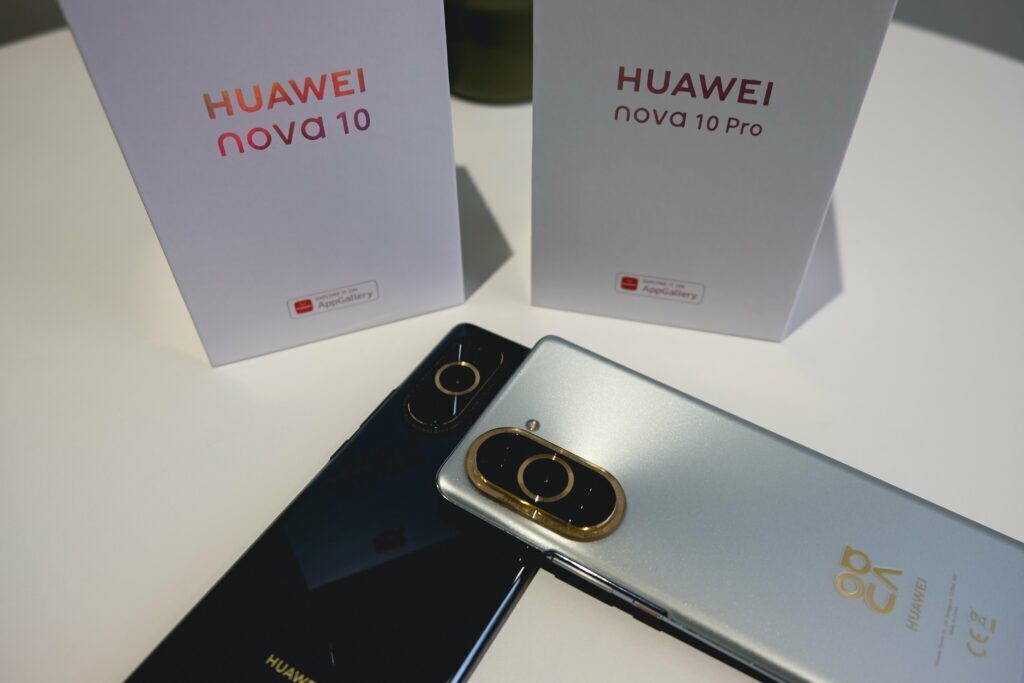 You are here
You are here
Huawei’s limitations, as seen in the Nova 10 series, are unchanged since early 2020. Huawei Mobile Services will never replace Google’s offering for some users. The lack of 5G is glaring, but not for everyone. Coverage for the protocol is increasing in South Africa but most won’t see it as a benefit just yet anyway. There’s still time to make up that ground.
The company has tossed as much as it could at a serious price point in an attempt to hold its place. If you’re serious about your screens, cameras and multi-tasking while also being serious about paying less than R20,000 for a smartphone, the Nova 10 and Nova 10 Pro definitely fit the bill. Of the pair, the stock 10 is the better option, though you’re swapping the Pro’s 4,500mAh 100W fast-charging battery for a slightly less-capable 4,000mAh 66W fast-charging one in exchange. Still, the loss in capacity and charge speed suit that R13,000 price just a little better.

